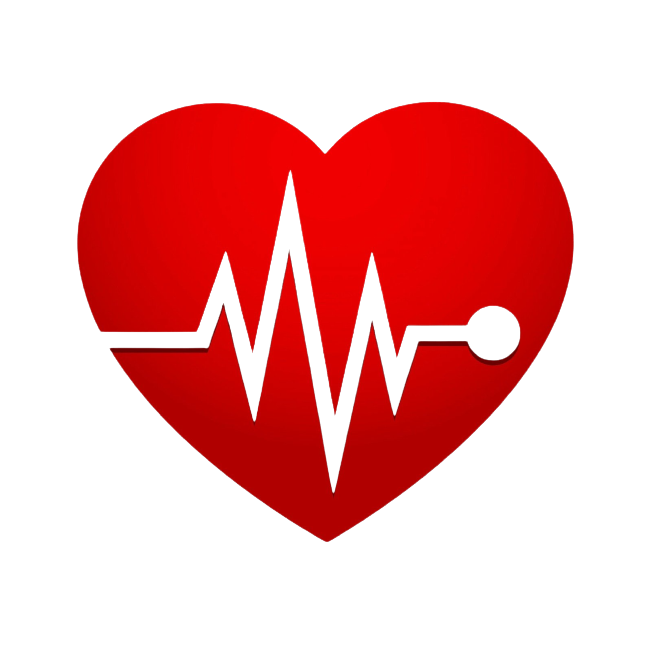Of 9,290 cases studied, bystander resuscitation was only performed in 61.3%.
Bystander use of automated external defibrillators, or AEDs, for witnessed out-of-hospital cardiac arrests remains low despite legislative efforts to improve access to these life-saving devices at recreational facilities across the United States, according to a study recently published in the Journal of the American Medical Association.
Researchers at the University of Texas Southwestern Medical Center and the University of Missouri-Kansas City reviewed how frequently bystanders used AEDs in 9,290 cases of witnessed cardiac arrest at recreational facilities, based on data from the Cardiac Arrest Registry to Enhance Survival (CARES). They further compared the frequency of AED use among states with and without enacted laws requiring the presence of AEDs on site at recreational facilities.
Although 46.8% of patients with out-of-hospital cardiac arrest had shockable heart rhythms, bystander use of AEDs remained low across the country, with only 19% of bystanders using AEDs in AED-enacted law states, and 18.2% of bystanders using AEDs in non-law states, the JAMA study, published Jan. 2, found.



This is interesting, because when I was in high school, in the early 2010s, we were told in our health class how to use them, particularly the important bit that they’re completely safe, they have vocal instructions telling you exactly what to do, and that they won’t do anything if they don’t detect a need, so you won’t ever unintentionally harm someone.
I can’t say I remember CPR training particularly well, but I do remember that AEDs are easy to use and absolutely the correct call if you need to help someone and they don’t have a pulse.